3 Food Processing Trends from Pack Expo 2017 (and Beyond)
Source: Flexible Packaging magazine
I had the opportunity to attend Pack Expo 2017 in Las Vegas this fall with a team from Stellar. We met leaders from various segments of the F&B industry and enjoyed showing off our virtual design construction (VDC) technology.
These shows are always a great opportunity to network with food industry leaders and to see the very latest technologies and trends. This year was no exception. These were my big takeaways:
Continue Reading “3 Food Processing Trends from Pack Expo 2017 (and Beyond)”



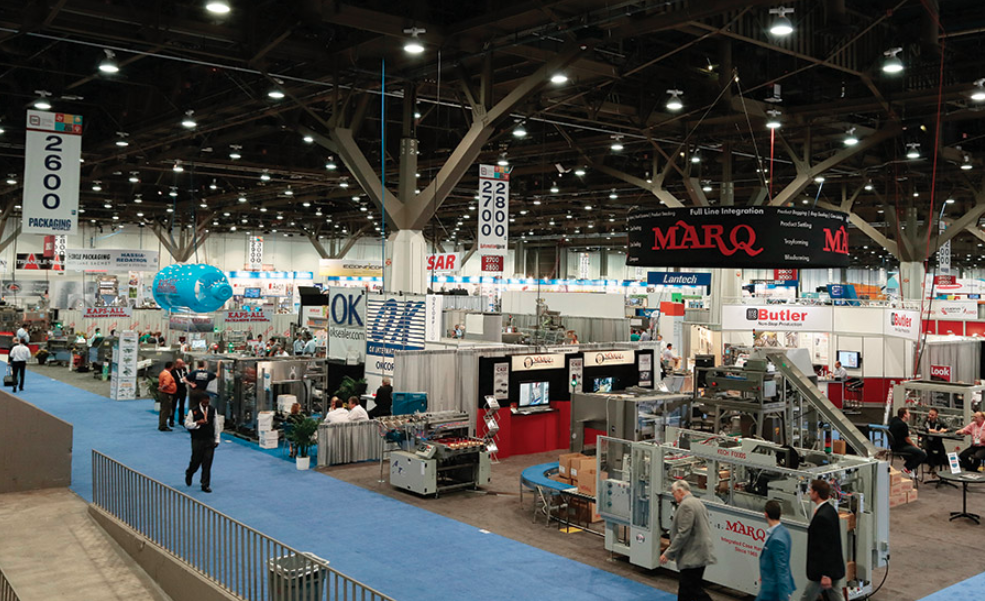
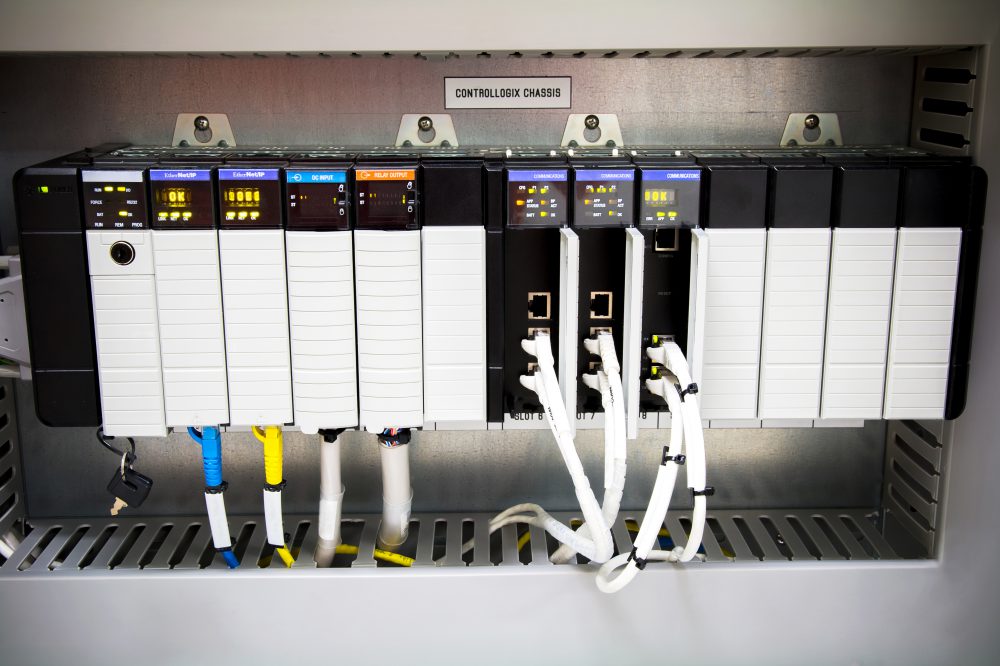

![[PHOTOS] An Inside Look at the First Organic Humane, Animal Welfare-Focused Chick Hatchery in the U.S.](https://stellarfoodforthought.net/wp-content/uploads/2017/10/Bell-Evans-1-e1601045685719.jpg)
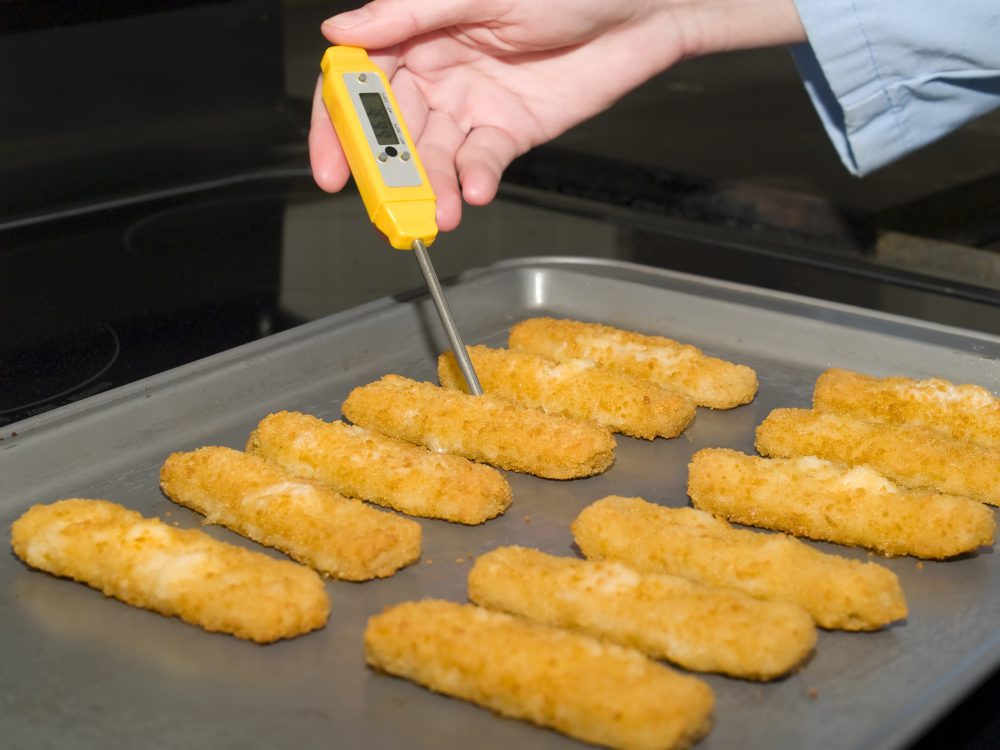
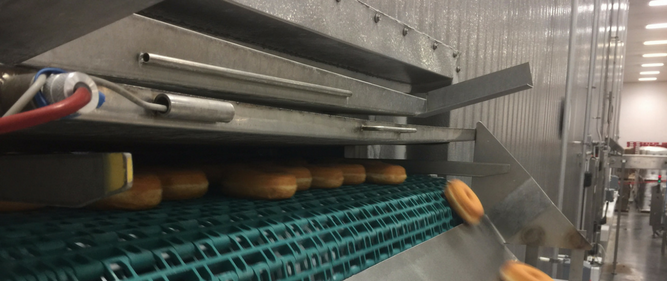
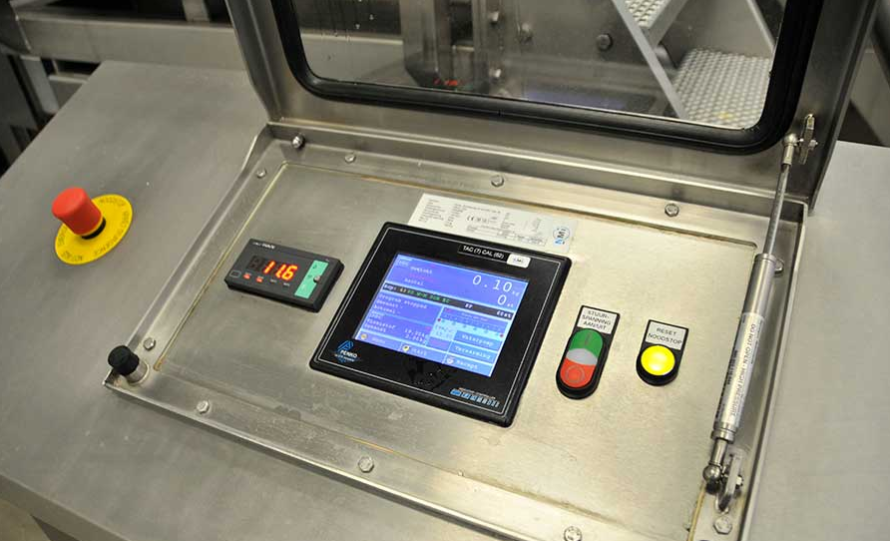

![[Infographic] Design Only vs. Design-Build: Pick the Best Delivery Method for Your Next Food Project](https://stellarfoodforthought.net/wp-content/uploads/2017/08/Stellar_Design-only-infographic_05242017.png)
